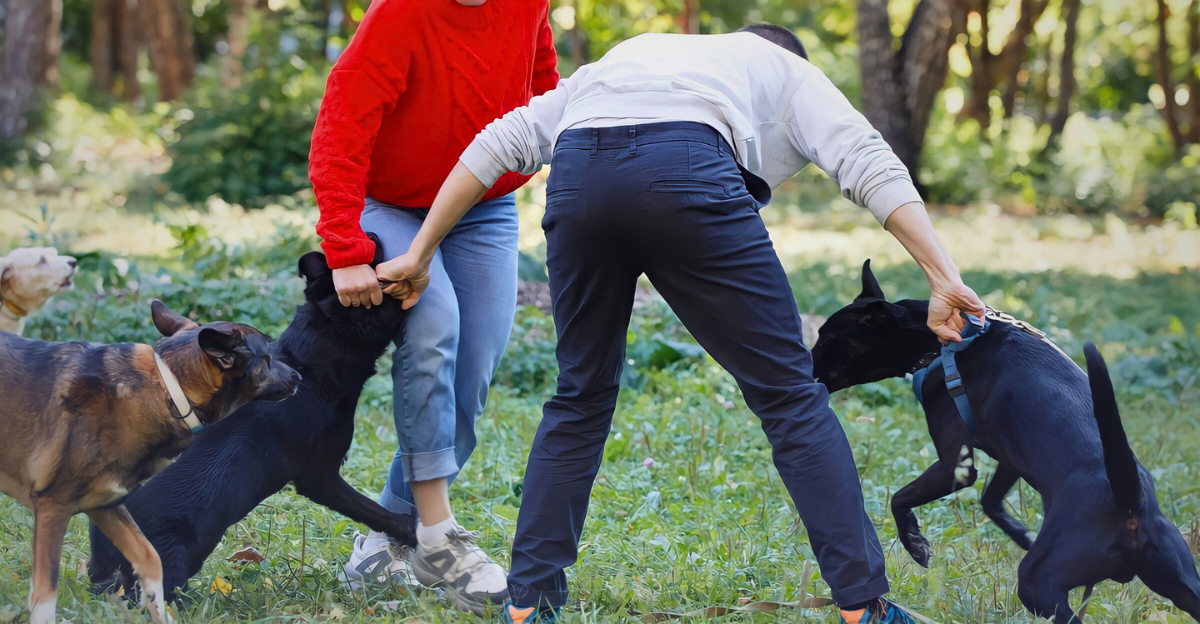
Aggression in dogs can sometimes be a sensitive topic with a few variables: their mix of genetics, upbringing by their owners, and environment! Researchers and vets have noted that some breeds are more likely to show aggression, mainly if they are not adequately trained or socialized enough with other dogs or humans.
Dr. Richard Hopper, extension leader of veterinary medicine at Mississippi State University, said: “Some dogs have a greater tendency towards aggression than others, but aggression usually is promoted or worsened by the dog’s environment and experiences.” Owners need to understand and research these breeds to foresee potential challenges and to have a safe and happy relationship.
Let’s take a look at nine dog breeds that can be linked to owner aggression and some preventative tips!
1. Rottweiler
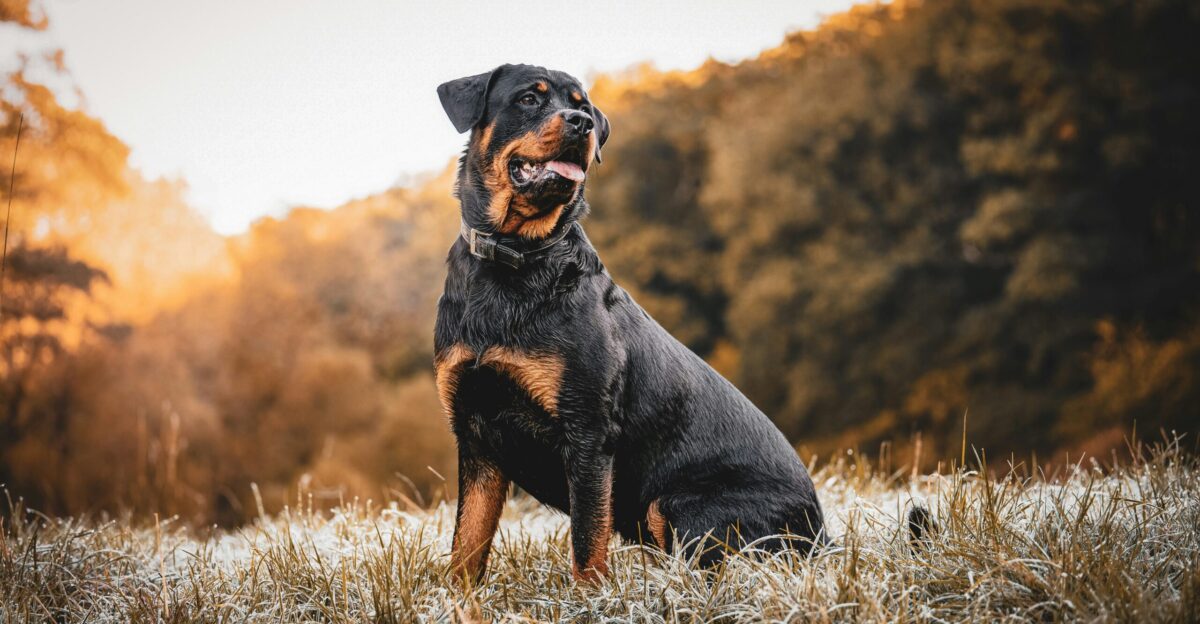
Rottweilers were originally bred to be herding or guard dogs, which explains why they are so powerful and muscular. Through many generations, this breed had innate protective instincts and a territorial nature to protect their properties and livestock, so it could still peak through newer generations.
These dogs need regular socialization with others and an owner with strong leadership; a lack thereof could make the dogs feel threatened when there is none and lead to owner-directed aggression. This can be prevented as much as possible by providing them consistent training, socialization from a very early age with humans and other dogs, and clear boundaries to use their protective instincts positively.
2. German Shepherd
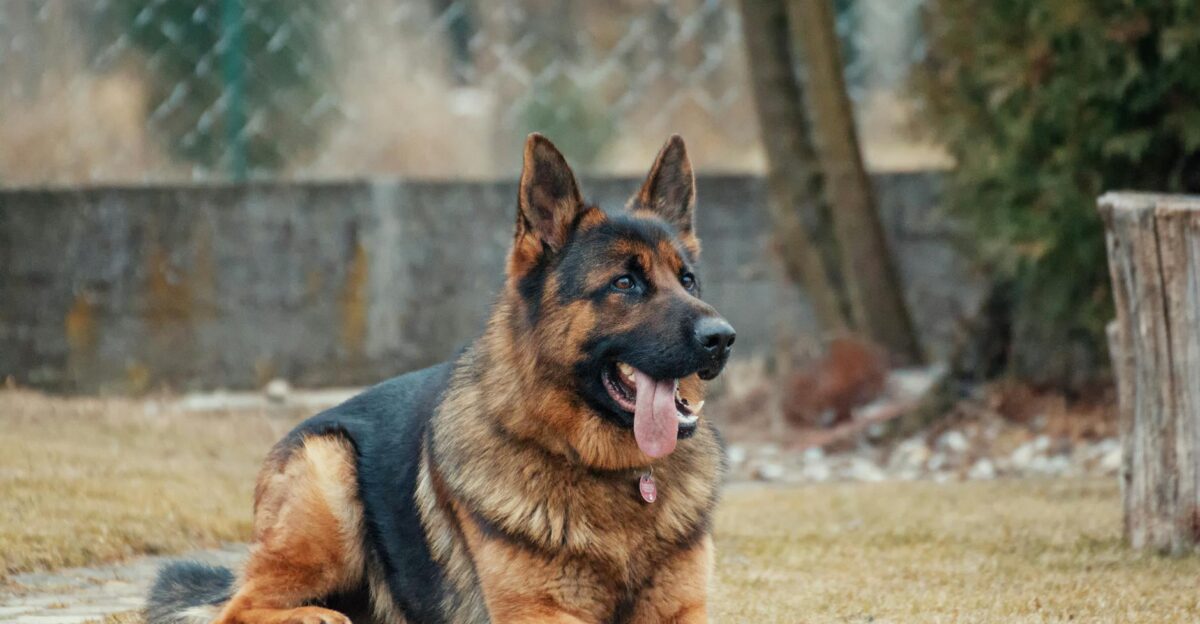
People regularly use this intelligent and multitalented breed in police and military roles. They have a strong desire to protect their “pack,” which can lead to their aggression. These dogs can often perceive threats when there aren’t any due to a lack of early socialization and fearfulness. These dogs are not fearful by nature, but poor breeding practices can lead to a nervous nature.
So, how can we prevent aggression in German Shepherds? They need to start socializing early on and maintain it throughout their years, as well as mental stimulation. Their owners also need to indicate that they are confident leaders. We can reduce fear-based aggression by focusing on positive reinforcement during training and exposing them to as many different environments as possible.
3. American Pit Bull Terrier
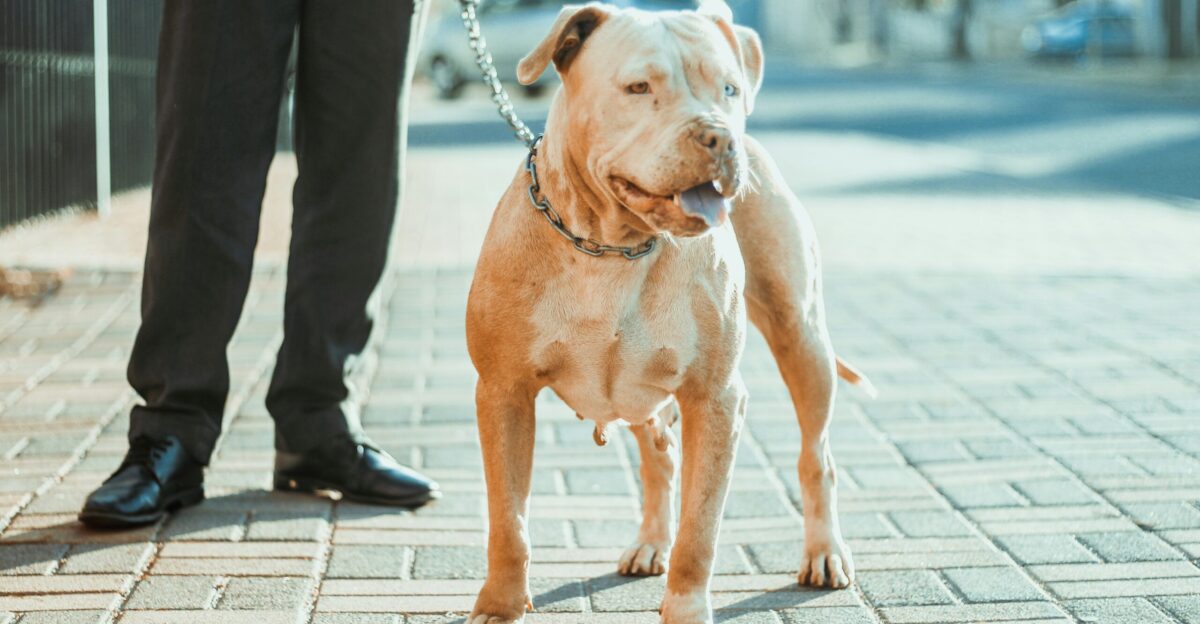
Pit Bulls are often misunderstood and labeled as dangerous dogs, but their aggression can stem from their history in dog fighting and a strong prey drive. It is easy to mistreat this breed and train them harshly because they seem like tough dogs, but it can lead to aggressive behavior, especially if they have not been socialized properly.
Pit Bulls need a responsible owner who can make it clear that dominance and fear-based aggression are not allowed. This can be done by training them with positive methods, socializing early, and avoiding environments that encourage aggression.
4. Akita
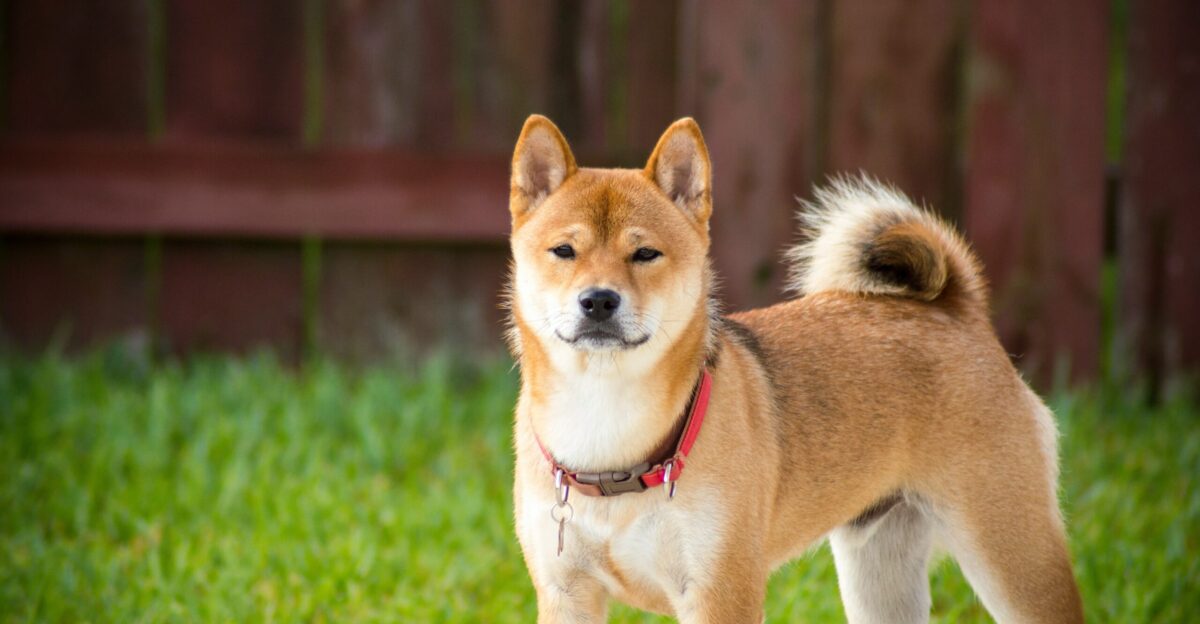
This is a large breed of dog that has powerful guarding instincts. Most of their personalities are independent and dominant, with some suspicion towards strangers. Aggression in these dogs can often be triggered by fear and anxiety.
They are naturally made to confront any bad situation head-on rather than running away from it, whether they feel trapped, cornered, or threatened. This is a dangerous personality trait if the dog is not taught to control their impulses and is not confident in unfamiliar environments.
5. Chow Chow
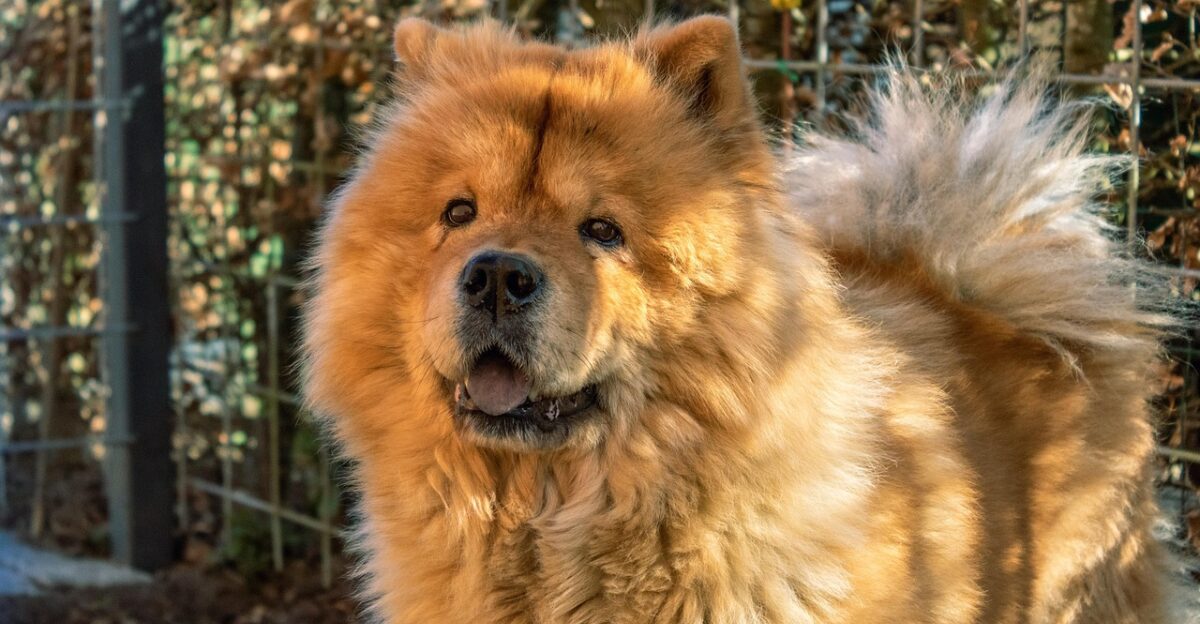
Although Chow Chows look like teddy bears, they are known to be somewhat aggressive and intensely devoted to a select few people. One of the main reasons for their aggressiveness is that they have excellent memory and are capable of strong correlations. Say, for instance, a Chow Chow has a bad experience with a specific type of person, whether it be someone in uniform, red hair, or with a beard, they can develop a fear by generalizing all those types of people.
Because these dogs have an independent streak, it might be challenging to teach them obedience training, but it should still be done with positive reinforcement!
6. Doberman Pinscher
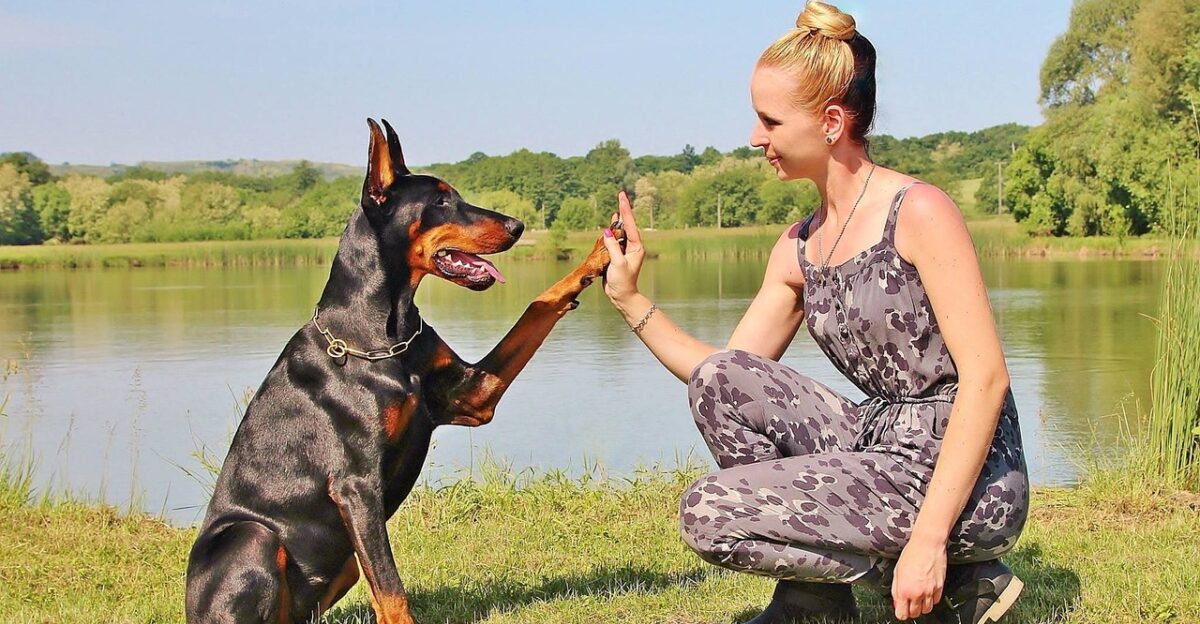
If you want a loyal, strong, guarding, and intelligent dog, the Doberman might be for you, but remember that if these traits are not carefully managed, it can turn into aggression. There are ways to prevent this as much as possible. Firstly, obedience training from a young age is vital because it will help reduce impulse control.
They need adequate physical exercise and mental stimulation to avoid getting frustrated. It is possible to manage their resource guarding, for example, giving them treats when they share toys can reduce that. Dobermans need an owner who can stay consistent with their structure and be able to handle situations in a calm but assertive way.
7. Chihuahua
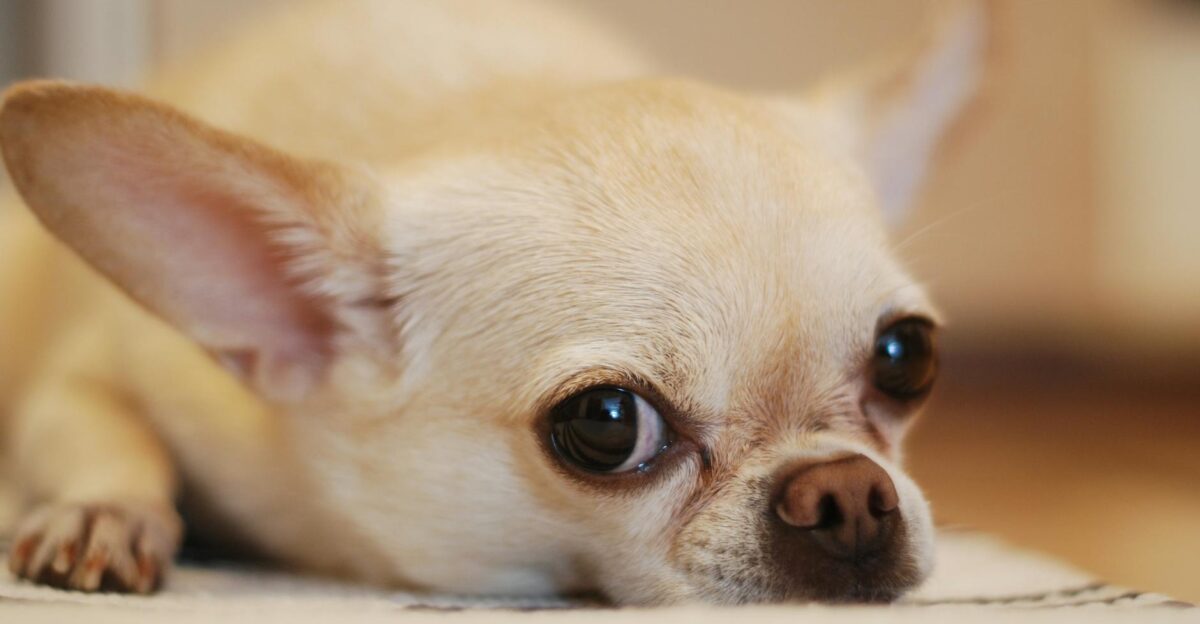
Don’t be fooled by their small size and cute outfits; this breed usually shows high levels of aggression, which can primarily be traced back to fearfulness and insecurity. It makes sense if you think about it, because they are so tiny, they are perceived to be physically vulnerable, leading to compensating by being more defensive and alert.
This is why it is critical to socialize these dogs as early as possible so that they can build confidence in meeting new people, dogs, and environments. Owners should avoid overprotecting Chihuahuas and instead teach them self-control during stressful moments.
8. Miniature Schnauzer
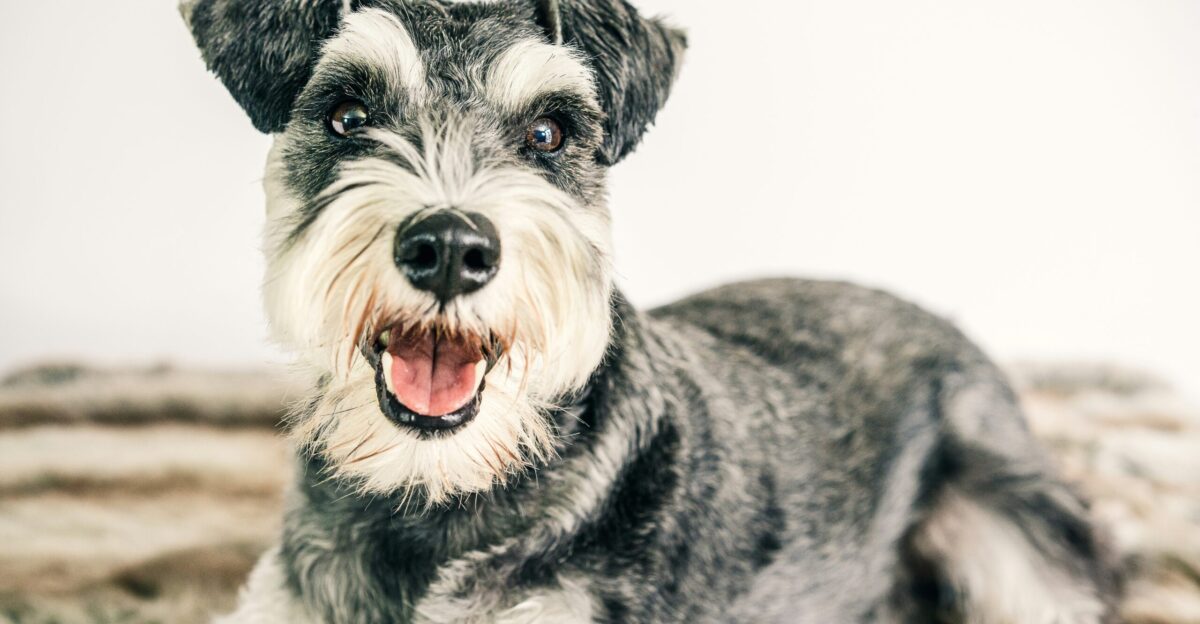
Schnauzers are known for their snappy and aggressive behaviour, although they are energetic, alert, and vocal dogs. Often, they show aggression because of territoriality and fearfulness, mostly when they meet strangers or are placed in unfamiliar settings. They are excellent watchdogs when it is managed properly.
To prevent aggressive outbursts, early and consistent socialization is crucial, and equally important is to train them, focusing on reducing fear and anxiety. Training must be consistent, and clear boundaries must be set to avoid confusion. Schnauzers need sufficient exercise because a lack thereof can lead to frustration, which can turn into aggression.
9. Presa Canario
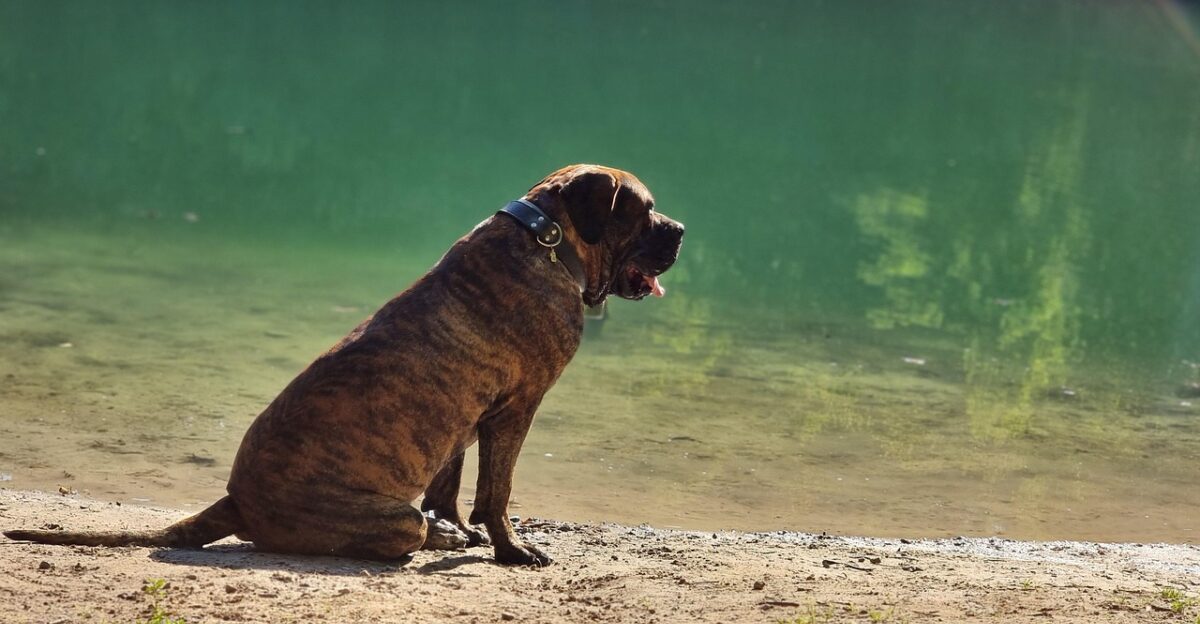
The Presa Canario breed requires experienced owners, consistent training methods, firm leadership that can guide them to use their guarding instincts correctly, and, last but not least, socialization. It is a mighty breed. Because of their heritage as livestock guardians, these dogs have dominant and territorial traits.
Although genetics still influences a dog’s temperament, it can be prevented by training, environment, and the owner’s behavior.







